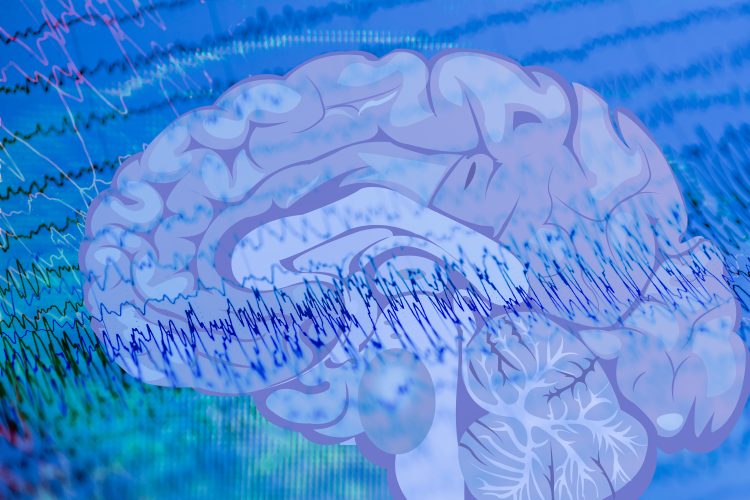Single-nucleus transcriptomics reveals novel epilepsy targets
Posted: 8 October 2020 | Hannah Balfour (Drug Target Review) | No comments yet
Study reveals which neurons are most affected by epilepsy, presenting novel targets for seizure drug discovery and development.


Researchers performing single-nucleus transcriptomics analysis on brain tissue samples taken from epileptic patients have identified the neurons which are most affected by epilepsy, including some that have never been linked before. According to the team, their research could contribute to novel treatments targeting epileptogenesis – the process by which a normal brain develops epilepsy.
“Our findings potentially allows for the development of entirely new therapeutic approaches tailored towards specific neurons, which are malfunctioning in cases of epilepsy. This could be a breakthrough in personalised medicine-based treatment of patients suffering from epileptic seizures,” said Associate Professor Konstantin Khodosevich from Biotech Research & Innovation Center (BRIC), Faculty of Health and Medical Sciences at the University of Copenhagen, Denmark.
Epilepsy is a common neurological disease which causes seizures. Anything that disrupts the normal pattern of neuronal activity can cause seizures, which, in the case of epilepsy, are usually treated with medicines to control or counteract them.
Scientists from the University of Copenhagen and Rigshospitalet, both Danish, investigated how every single neuron in the epileptic zone of the human brain is affected by epilepsy. To achieve this, they analysed more than 117,000 neurons isolated from tissue resected from patients as part of the Danish Epilepsy Surgery Programme at Rigshospitalet.
Associate professor Lars Pinborg, head of the Danish Epilepsy Surgery Program at Rigshospitalet explained: “These patients continue to have seizures despite the best possible combination of anti-seizure drugs. Unfortunately, this is the case for 30-40 percent of epilepsy patients. Active epilepsy imposes serious physical, cognitive, psychiatric and social consequences on patients and families. A more precise understanding of the cellular mechanism behind epilepsy could be a major step forward for developing drugs specifically directed against the epileptogenic process compared to the current mode of action reducing neuronal excitability in general throughout the brain.”
In the study, the researchers highlight that glutamate signalling was one of the most dysregulated signalling pathways in epilepsy and that there were also large transcriptome changes in GABAergic and principal neurons.
According to the researchers, their single-nucleus analysis approach to studying epilepsy is novel, because previous studies have typically studied neurons mixed together in a tissue sample. They said that attempting to identify potential drug targets within this ‘neuronal soup’, where diseased cells and healthy cells are interspersed, is all but impossible.
Khodosevich explained with regards to the new study: “By splitting the neurons into many thousands of single cells, we can analyse each of them separately. From this huge number of single cells, we can pinpoint exactly what neurons are affected by epilepsy. We can even make a scale from least to most affected, which means that we can identify the molecules with the most promising potential to be effective therapeutic targets.”
Khodosevich added that previous studies have typically identified a couple of hundred genes that change in epilepsy. With regards to their new study he concluded: “We show that the complexity of gene expression in epilepsy is much larger than previously known. It is not a matter of a handful or a few hundred genes changing. Our study proves that thousands of genes in different neurons change their expression in epilepsy. From these thousands of gene expression changes, we identified those that most likely contribute to epileptogenesis. Now it is time to prove it functionally.”
The study was published in Nature Communications.
Related topics
Analysis, Analytical Techniques, Disease Research, Drug Targets, Neurons, Neurosciences, Proteomics, Sequencing
Related organisations
Copenhagen University, Rigshospitalet
Related people
Konstantin Khodosevich, Lars Pinborg








